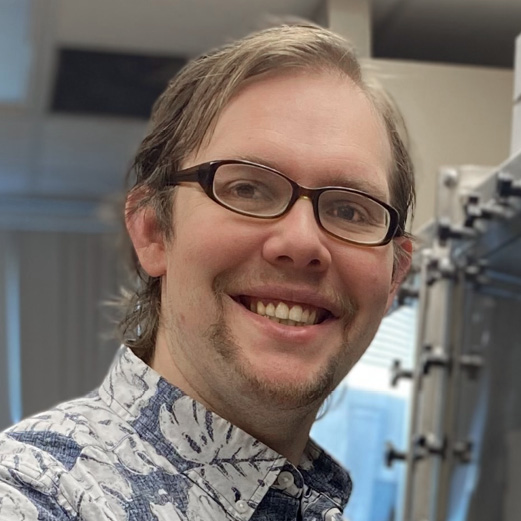Faculty: Michael Young, Ph.D.
 Associate Professor
Associate Professor
Email: Michael.Young8@utoledo.edu
Office: WO 3266B
Phone: (419) 530-1524
Professional Background:
B.S. 2006: Western Carolina University
M.S. 2008: Western Carolina University
Ph.D. 2014: University of California – Riverside
Postdoctoral: University of Texas – Austin
Research Interests
Organic, Organometallic, Green Chemistry
Research Synopsis:
Research in the Young lab will focus on applying supramolecular principles towards
greener transition metal catalysis with a special emphasis on C-H functionalization.
Our goals can be divided into three major areas:
1. Hydrogen bond-directing strategies for allowing late-stage functionalization of
complex molecules: In this area we intend to develop a library of catalysts that will
allow us to functionalize specific C-H bonds on complex substrates using simple oxygen
and sulfur-based endogenous functional groups as handles. This will allow us to begin
with sustainable, naturally-derived substrates to prepare new derivatives for biological
screening and ultimately to produce new compounds of therapeutic interest with considerably
less waste than traditional de novo strategies.
2. Kinetic stabilization of reactive metals: Low valent, low coordinate transition
metals are often highly reactive in a variety of catalytic systems. This also means
they can readily decompose or undergo side reactions unless they have bulky ligands
to protect them. These ligands often require lengthy syntheses, and are usually not
recyclable. If instead these transition metals are protected inside of a supramolecular
host, it should be possible to kinetically stabilize them without the need for a bulky ligand periphery. Our goal here will
be to support these highly reactive complexes inside of metal-organic frameworks.
This can both extend the catalytic function of the transition metal, while the ligands
themselves should enjoy better recycling than their contemporary counterparts.
3. Polymer precursors from sustainable sources via bimetallic C-H/small molecule
activation: Nylon-type polymers are highly valued for their strength and versatility,
yet the synthesis of the monomers for these compounds typically require harsh conditions
and reagents, not to mention significant amounts of energy. Our goal will be to convert
renewable substrates, such as triacyl glycerols and their constituent fatty acids
into polyacid or aminoacid species that may allow more sustainable nylon polymers.
To do this we will target catalysts that can activate C-H bonds while subsequently
activating CO2 or ammonia.


